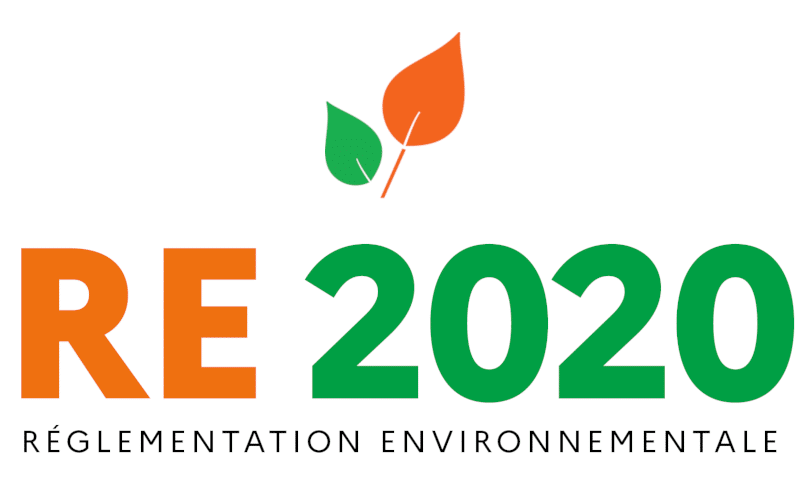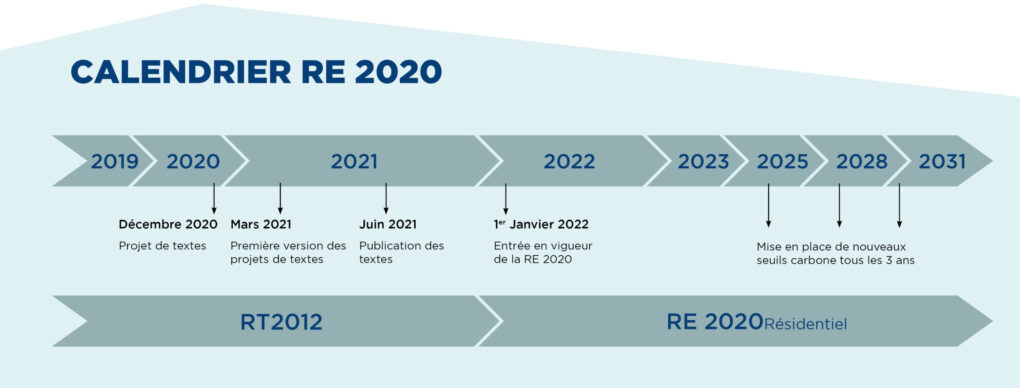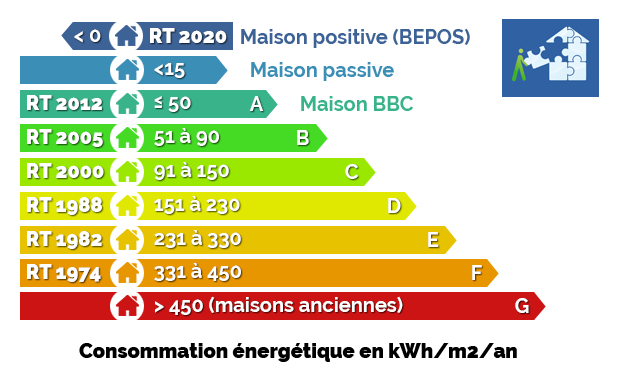
The RE2020, or Réglementation Environnementale 2020, is a French regulation designed to improve the energy and environmental performance of new buildings. It replaces the previous thermal regulations, known as RT 2012, and marks a major step forward in France's efforts to reduce greenhouse gas emissions and combat climate change.
Here are some of the main objectives and features of the RE2020:
- Reducing the carbon footprint
The RE2020 focuses on reducing carbon emissions throughout the life cycle of buildings, taking into account not only the energy consumed during use, but also the energy and resources used during construction and demolition. - Energy efficiency
The RE2020 aims to reduce the energy consumption of buildings by encouraging more efficient building standards and promoting the use of renewable energy sources. - Summer thermal comfort
One of the aims of the RE2020 is to ensure that buildings provide an appropriate level of comfort during the summer months, without the need for excessive air conditioning. This is particularly important given the rise in summer temperatures linked to climate change. - Use of sustainable materials
The regulations encourage the use of sustainable building materials with a low carbon footprint. This includes encouraging the use of bio-sourced and recycled materials. - Encouraging innovation
The RE2020 is designed to stimulate innovation in the construction sector, by encouraging builders to adopt new technologies and construction practices that improve the environmental performance of buildings.
The RE2020 will come into force progressively from 2021, with full application planned for 2022 and beyond. It is a key part of France's strategy for achieving its goals of reducing greenhouse gas emissions and transitioning to a more sustainable and environmentally friendly economy.

DPE or Energy Performance Diagnostic.
This diagnosis classifies homes according to their energy consumption and their impact on greenhouse gas emissions. It is generally represented by a scale ranging from A (the most efficient) to G (the least efficient).


Leave a Reply